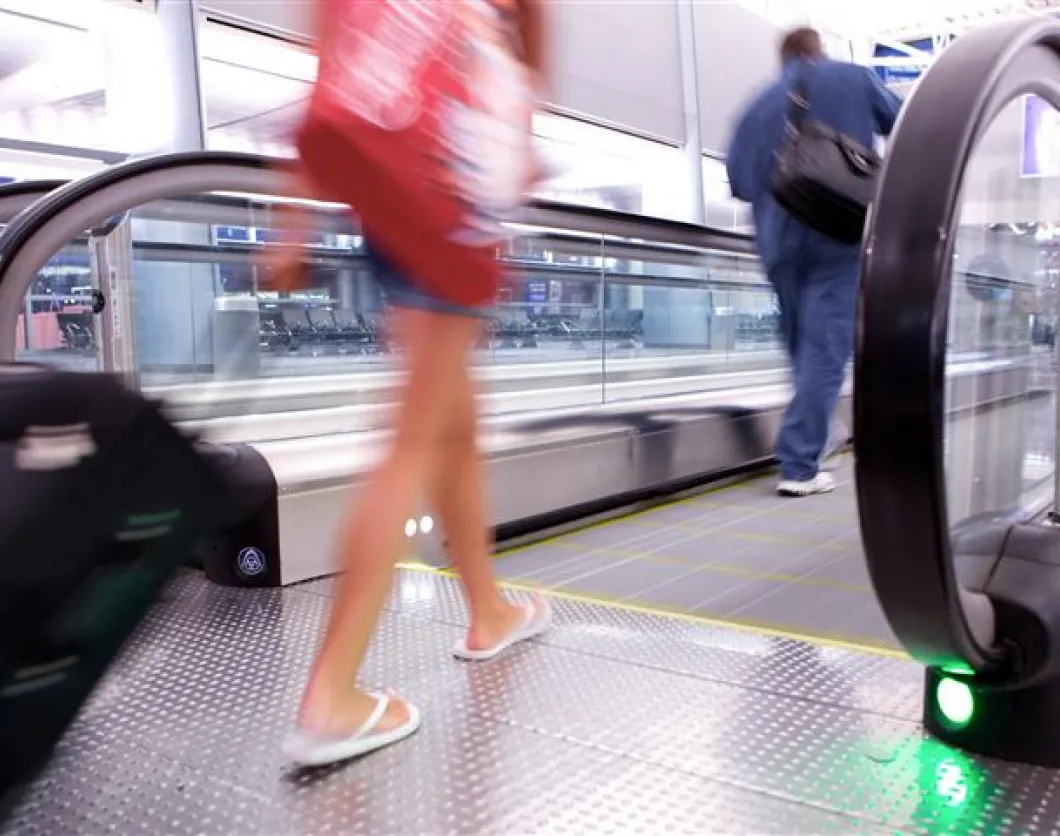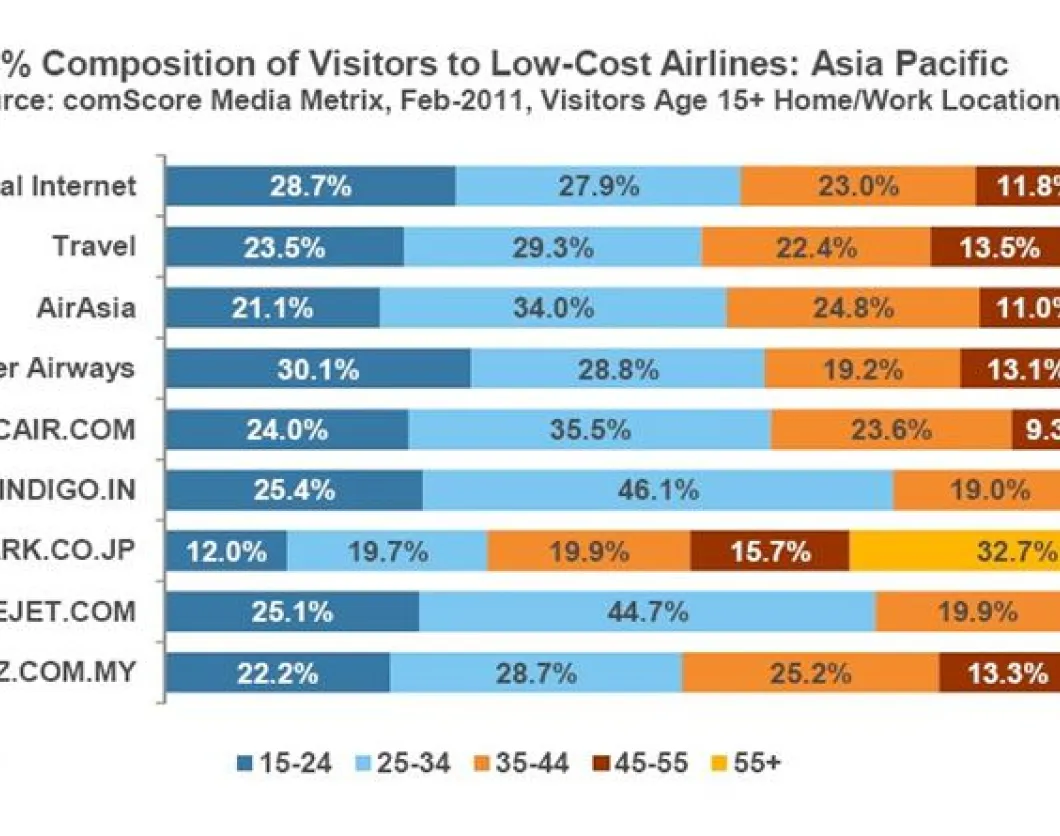From mega-aircraft to small boutique hotels, the travel industry is constantly changing. Fads come and go, but major transformations in the way we travel are being fuelled by new technologies and consumer demand.
No one knows whether the innovations of today will still be around in 10 years time – but some things, like wireless hotspots and low cost airlines, look like they are here to stay.
In the air, the biggest revolution in the past decade has been the emergence of low cost carriers. These no-frills airlines offer cheap seats by cutting back on food, frequent flyer schemes and other perks, but passengers around the globe have responded enthusiastically. For some, low travel fares leave extra cash to splurge on luxury accommodations and services.
The trend started in the United States with Southwest Airlines, spread to Europe with the launch of Ryanair and easyJet and is now gaining a foothold in Asia and Australia. Flying is no longer the preserve of the rich – since 1960, fares have reduced by about 70 percent in real terms.
Millions who never believed they could afford air travel are now booking seats on the internet, printing out their own e-tickets and buying snacks on board from casually dressed attendants.
In the Asia-Pacific region, low-cost airlines have posted significant growth over the past year. Malaysian discount airline Air Asia added an impressive 1.2 million visitors to its website in the past year to maintain its lead as the top-visited low-cost airline site in Asia Pacific. Tiger Airways posted the strongest growth, tripling its online traffic to reach 1.8 million visitors, while Malaysia’s Firefly and India’s Indigo posted growth of 89 percent and 70 percent, respectively.
Most of Asia Pacific’s low-cost airlines have online audiences that skew substantially younger than the regional averages. Skymark, the single exception, operates primarily in the Japanese market, which has a baseline distribution that is much older than elsewhere in the region. In North America, visitors to Southwest and JetBlue do not show the same youthful skews: in fact, they skew substantially older than the Internet average. Visitors to the two largest European low-cost carriers (Ryanair and easyJet) track closely with the overall age distribution of the European online audience.
Consumer Insights Key to Online Strategies Low-cost airlines in Asia Pacific have already seen substantial growth, even just in the past year. With many of these carriers adopting highly web-centric models, it is significant that they attract more than their fair share of the young Internet users in the region.
For these young travelers, low-cost airlines may be the first time that they have to book and buy their own travel, providing for many the portal into continued use of the web as an e-commerce channel.
Significant upside in the market remains as Internet penetration increases in the region, and people who could not afford to travel before can now take cheaper flights. The younger generation as well as the continued improvements in site usability and security will also begin to influence older Internet users to adopt the web as a channel for researching and booking travel.
(Excerpt from: “Low-Cost Airlines: The Changing Demographics of Travel”).









